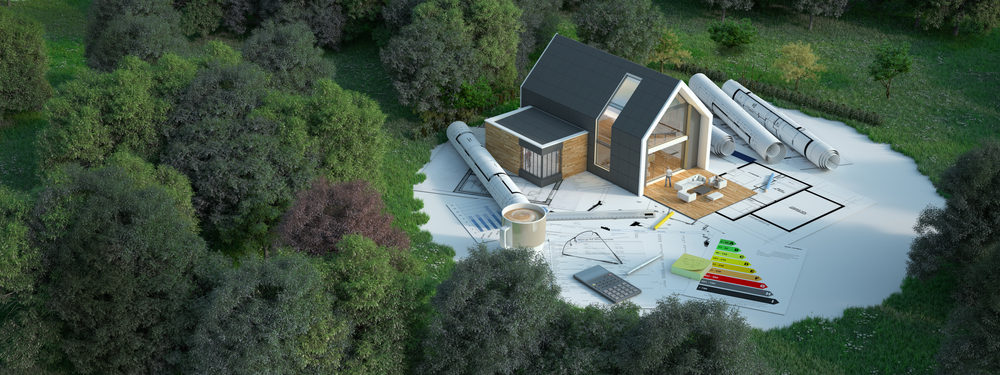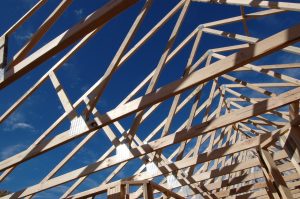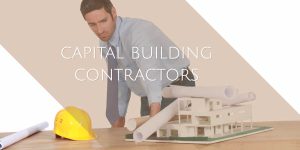Modern design and construction techniques offer countless new ways of living that better serve homeowners and the environment than traditional alternatives. Energy-efficient house design holds many incredible benefits, from helping us do our part in creating an environmentally friendly future, to also lowering our energy costs. Those in the early stages of buying, planning, or building their home renovation should look to these practices to create properties that are as liveable as they are loveable.
If you’re embarking on a new build or renovation, energy-efficient houses are important, as they’re a long-term investment with wide-ranging benefits, which our specialists at Capital Building have explained in more detail below.
Why an Energy-Efficient House Design is Important with Your New Build or Renovation
Create Positive Environmental Impacts
Our homes are responsible for a large chunk of our carbon footprint, and introducing environmentally-friendly materials and systems is a simple and effective way of shrinking this pollution. We can create designs that require less energy. For example, heating and cooling expenses often dictate the size of electricity bills, but with clever use of sealing building wraps and insulating materials, we can naturally maintain comfortable temperatures without excessive use of heating and cooling systems. Furthermore, with investments like Solar Photovoltaic Technology or PV Solar, you can access free, clean energy from the sun rather than energy from the grid generated using fossil fuels. There are also generous government grants available via www.solar.vic.gov.au which makes it highly affordable as well.
Energy-efficient homes are designed to keep you comfortable with less energy needed than traditional homes.
Lower Energy Bills
Recently, we’ve seen massive spikes in the cost of Australian electricity and other utilities. As such, a welcomed consequence of using less energy to keep your home comfortable and operating is keeping your utility bills much lower throughout the lifetime of your home. Many new and existing homeowners are uncertain about going down the route of energy-efficient house design – despite the positive environmental impacts – because of the higher investment. However, with a relatively low initial investment, implementing better building practices, such as higher quality building wraps and better insulation, your home can become far more energy efficient for a relatively minimal investment. The long-term financial benefits usually outweigh this initial outlay, particularly if you take a sensible approach to achieving energy efficiency.
Lowering future bills means enjoying more disposable income – increasing your savings, investments, purchases, and even the amount you travel. At the same time, your family gains health benefits of living in a more energy efficient home. You use heating and cooling less and benefit from better ventilated spaces, working towards improving your families overall health.
Increase the Resale Value of Your Property
Energy-efficient homes are undeniably the way of the future, meaning they’re more valuable than homes built years prior or using outdated methods. Buyers will be more inclined to haggle over these properties in shorter supply, so when it comes time to sell, you could expect an increased resale value after being certified as energy efficient and constructed by a quality builder.
Again, energy-efficient homes prove to be an investment that delivers enviable financial benefits when you live in them and when you decide to move on.
Less Demanding and Expensive Maintenance
A common reason why a building renovation is so important is because it can incorporate better and more modern construction features to keep your property strong and in good condition. For example, one of these features includes innovative and state-of-the-art ventilation systems. These features mean your home is kept in the best conditions to reduce moisture developing throughout the house, especially in wet areas (bathrooms, laundries, and kitchens).
Moisture can quickly cause mould to your interiors and require serious maintenance work to ensure not only a comfortable and safe living standard, but also to avoid impacting the structural integrity of your home. Here, energy-efficient homes offer a third avenue to reduce the money spent on your home.
Improved Living Conditions
Another one of the key reasons to renovate your home is to improve comfort and living conditions. Buildings with poor energy efficiency don’t have the best insulation, leaving them prone to irregular temperatures and cold spots. Traditional houses with low energy efficiencies also usually have humidity problems due to poor ventilation, as described above, causing more maintenance expenses and health issues. What’s more, with the smarter placement of windows and open-plan living, you can take advantage of more natural light, rather than overhead lights and lamps.
Speak With Our Specialists at Capital Building For More About Energy-Efficient House Design Today
If you would like to learn more about how you can create some positive environmental impacts with energy-efficient house designs, please contact us at Capital Building today, and one of our friendly team would be happy to answer all of your questions.




